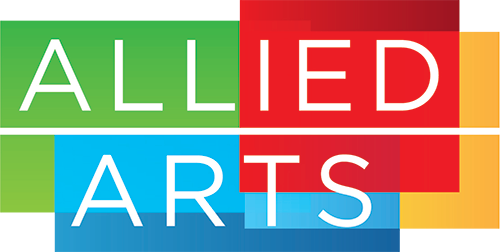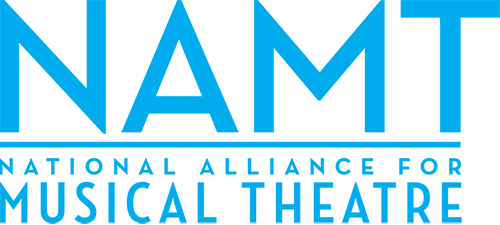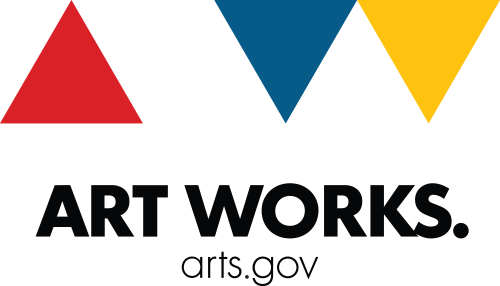In bringing a role from the script to the stage, the cast and crew must think about when and where the play is set, particularly with period pieces. Because the time and place is often very different from our own, the actors and director must know about how society was different during that period. SPRING AWAKENING is set in 1890s Germany, and we needed an extra hand in the research process. Turner Beals, the dramaturg for SPRING AWAKENING, was an valuable resource to the cast and crew, and he answered a few questions for me.
What exactly is a dramaturg?
The role of the dramaturg is a relatively new one in the art of theatre, having its roots in the work of Bertolt Brecht. Our major goal in working with a production is to enhance the understanding of the play. In this role, we work to enhance not only the artist’s understanding of the world of the play, but also by providing the audience with the tools needed to gain a richer understanding of the production. We accomplish this through several means. A primary role is to serve as a researcher for the director, designers, cast members, and other members of company. We also often provide a note in the program meant to enlighten the audience on certain aspects of the play or the history surrounding it. Since we work with so many facets of the production, each production presents unique challenges depending on the needs of the company. Dramaturgs are also often involved in the development of new works. For an established work, such as SPRING AWAKENING, we work with the director to determine what areas of the play to highlight in our research.
What kinds of information did you have to research for SPRING AWAKENING?
For SPRING AWAKENING, I focused on getting information about Frank Wedekin’s SPRING’S AWAKENING, the play from which the musical was adapted. I also gathered information about German schools in the 1890s, and parenting during this time period. The goal of my research was to provide the background needed to further the production’s understanding of the world in which these characters live.
Where did you find the information?
The internet has laid a vast amount of knowledge at the fingertips of the dramaturg. Much of the information needed for a production can be found on the internet, especially with many public domain texts being scanned and uploaded as e-books by sources such as Project Gutenberg. For this production I also had the luxury of a colleague who had done research for a production of SPRING’S AWAKENING. By perusing his research, I was able to locate the sources needed to further my own research into the musical.
What did you do with the information once you had found it?
Once I had compiled the information, I worked to adapt it into an actor packet. The amount of research prepared by the dramaturg is far more vast than what is needed by any of the individual actors. Therefore, I had to condense the information down into a form that would be helpful for the actors without overloading them with information. The rest of the research I have retained to form what is known as the Dramaturg’s Protocol. This is a compilation of my research, as well as the documents I have prepared for the production.
How is the actor packet used in the context of the production?
The actor packet provides the actors with information that the dramaturg has determined as helpful to the understanding of the play and production. For this show, my packet included a brief biography of Frank Wedekin, information regarding the time period, a glossary of terms from the script, and a description of the changes made between the play and the musical. Hopefully each actor is able to draw upon this information in developing their character.
What was the most interesting part about the research process for this show?
I most enjoyed delving into the differences between the two scripts. Though the story and many of the lines are very similar (or even exactly the same), there was still a wealth of difference to be explored. The styles of the play and the musical are very different, and it was interesting to see the ways in which these two approaches tell this story of coming of age. I also found the parallels between 1890s German society and contemporary American society very fascinating.
Miss a previous entry in the series? Check it out here!
From Script to Stage: The Story











